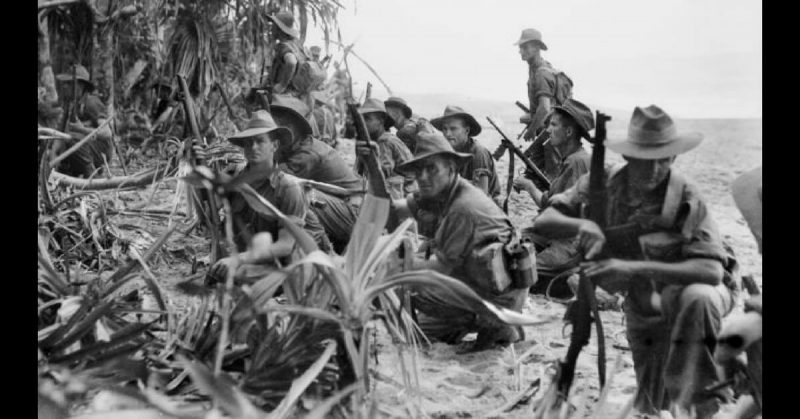Ten hours after bombing Pearl Harbor, the Japanese attacked the Philippines. Because of their brutality, many Filipinos fought back as they had little to lose. The Japanese tortured, raped, and killed both those who cooperated with them as well as those who resisted.
As a result of the resistance, Japan controlled only 12 of the Philippines’ 48 provinces. Among those who fought them was one man who singlehandedly cost Japan several tanks.
Dirk John Vlug was born on August 20, 1916, in Maple Lake, Minnesota. As he was not born with a silver spoon in his mouth, he did what most men did, back then. In April 1941, he went to Grand Rapids, Michigan to enlist in the US Army.
Horrific as the attack on Pearl Harbor was, the attack on the Philippines was even worse. Originally part of the Spanish East Indies (but administratively a colony of Mexico), the Philippines became American property after the Spanish-American War of 1898. While Japan had spent decades preparing for war, America had not.
In 1940, French Indochina fell to Japan. America responded by continuing to sell oil to Japan while moving its Pacific Fleet from California to Hawaii. The following year, America began reinforcing its military forces in the Philippines, believing that European colonies in Asia would be Japan’s primary targets.
They were right – Hong Kong, Singapore, Burma, Malaya, and the Dutch East Indies were also in Japan’s sights. However, the Philippines’ central location in the Asia-Pacific region was key to Japan’s empire-building scheme.
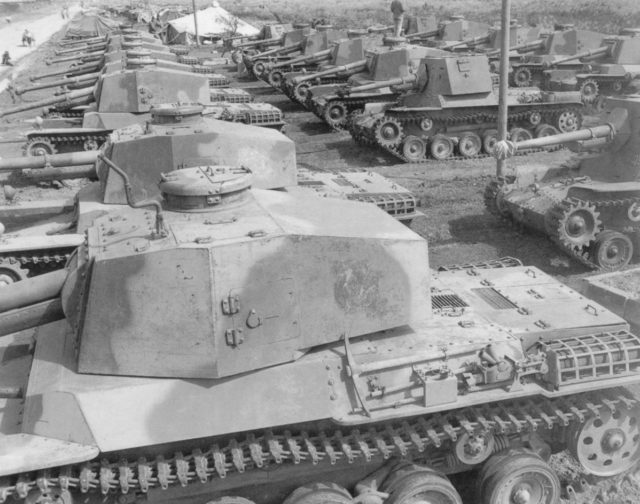
As early as 1906, America already felt that war with Japan was possible. They, therefore, came up with War Plan Orange on how to maintain their grip over the Philippines. By 1938, their plan suggested beefing up their forces in the Philippines by up to 40,000 men.
General Douglas MacArthur disagreed. The Field Marshal of the Philippine Army and Chief of Staff of the US Army, MacArthur understood what planners back in the US did not. Japanese technological advances were not being considered. He believed the US needed far more men in the Philippines than the proposed 40,000.
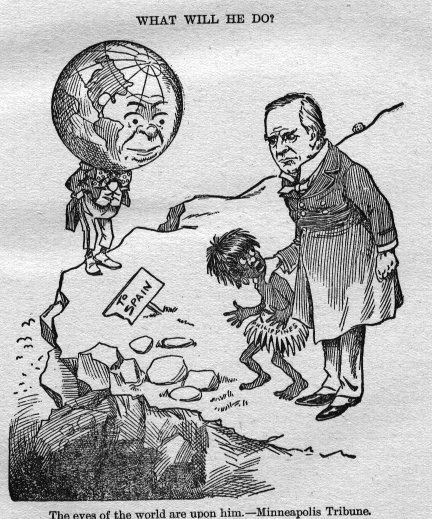
By May 1942, Vlug was a private first class in the 126th Infantry Regiment of the 32nd Infantry Division. Not in the Philippines. MacArthur had turned out to be correct, by which time it was too late. In March 1942, MacArthur had fled to Australia, leaving behind some 80,000 American soldiers and staff.
Vlug’s 126th Cavalry Regiment had arrived at Australia’s Camp Sandy Creek (just outside the city of Adelaide), but they did not stay long. In September, the unit left for Port Moresby in New Guinea to help build the American base camp.
In October, Vlug’s regiment was ordered to chase the retreating Japanese across the Owen Stanley Ridges through the Kapa Kapa Trail and on towards the coast on the Kokoda Trail. Unfortunately, the Americans were not used to the jungle climate.
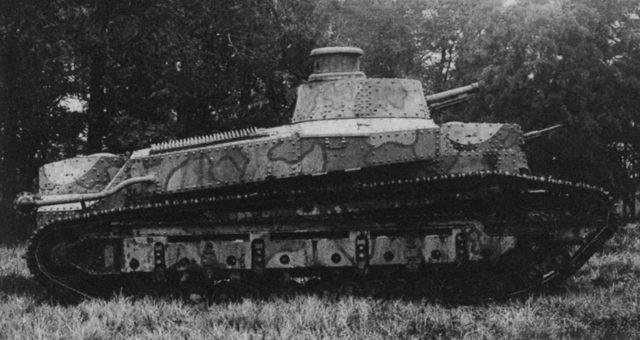
They never met a single Japanese soldier; encountering much worse instead. As it was the rainy season, they suffered from dysentery, typhus, malaria, dengue, and trench foot. They also did not have enough supplies.
It took 42 days for the battalion to cross the mountains and reach the coast. By the time the skeletal survivors made it down the Kokoda Trail, the battle was over – the Australians had finished off the fleeing Japanese. No one blamed the 126th. It was described as “one of the most harrowing marches in American military history”. They looked so awful they were known as “The Ghost Battalion.” Despite their condition, they were given only a week’s rest before taking part in the Battle of Buna-Gona.
It was another mistake. The 126th suffered the greatest casualties among the 32nd Infantry’s divisions. Of the 131 officers and 3,040 enlisted men who survived the Kapa Kapa Trail, only 32 of the former and 579 of the latter survived the battle.
Fortunately, Vlug was among them. He went on to take part in the Western New Guinea Campaign which began in April 1944.
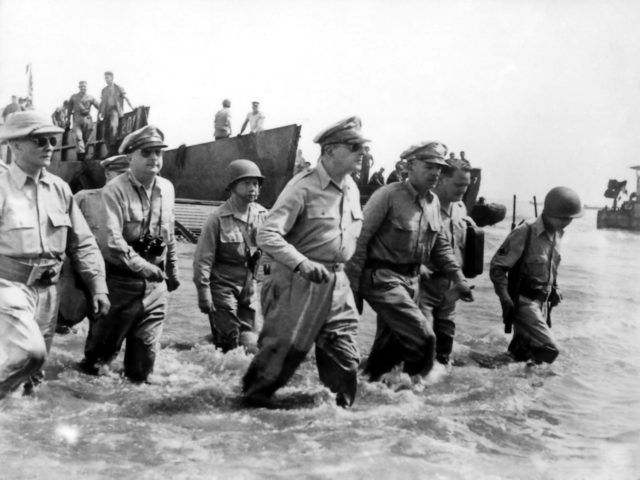
On October 20, 1944, Macarthur stepped back onto the Philippine island of Leyte. To make sure the rest of the country knew, especially the Japanese, he went on the radio and declared: “People of the Philippines, I have returned!”
With Leyte as their base, the Americans began pushing the Japanese back. They had assistance from local resistance fighters, together with other Americans who had escaped from or stayed hidden from the Japanese forces. There was still a major Japanese force on Leyte.
On December 15, Vlug was stationed in the Limon district outside the city of Ormoc. He was guarding the American roadblock on the Ormoc Road – an easy task as the Japanese were retreating.
Suddenly two Japanese tanks were heading his way. Grabbing a rocket launcher and six rounds of ammo, Vlug ran toward the oncoming tanks. Their crews opened fire with their machine guns. They all missed.
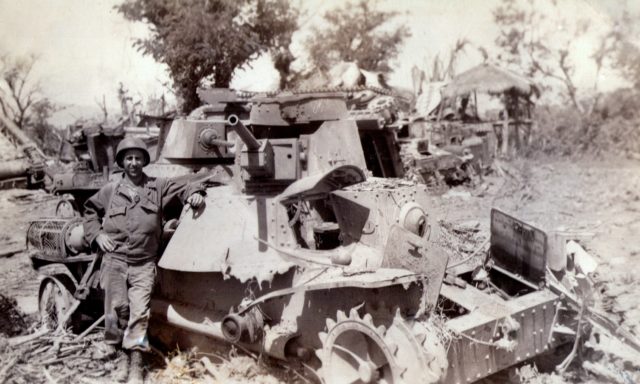
Vlug’s rocket launcher destroyed the first with a direct hit. The second tank paused while its crew jumped out to deal with the American. Vlug immediately shot one of them dead. Reconsidering their strategy, they climbed back into their tank which was also destroyed by another direct hit from Vlug’s rocket launcher.
Three more tanks approached. Vlug ran up beside the first and blew it up. More bullets flew at him, but he kept running toward the second one, also taking it out with a direct hit. The third veered, but Vlug was faster.
His last rocket only grazed it, but it was enough. The tank slammed into a steep bank and got stuck – allowing Vlug to take care of the crew.
Vlug was awarded a Medal of Honor on June 26, 1946.
